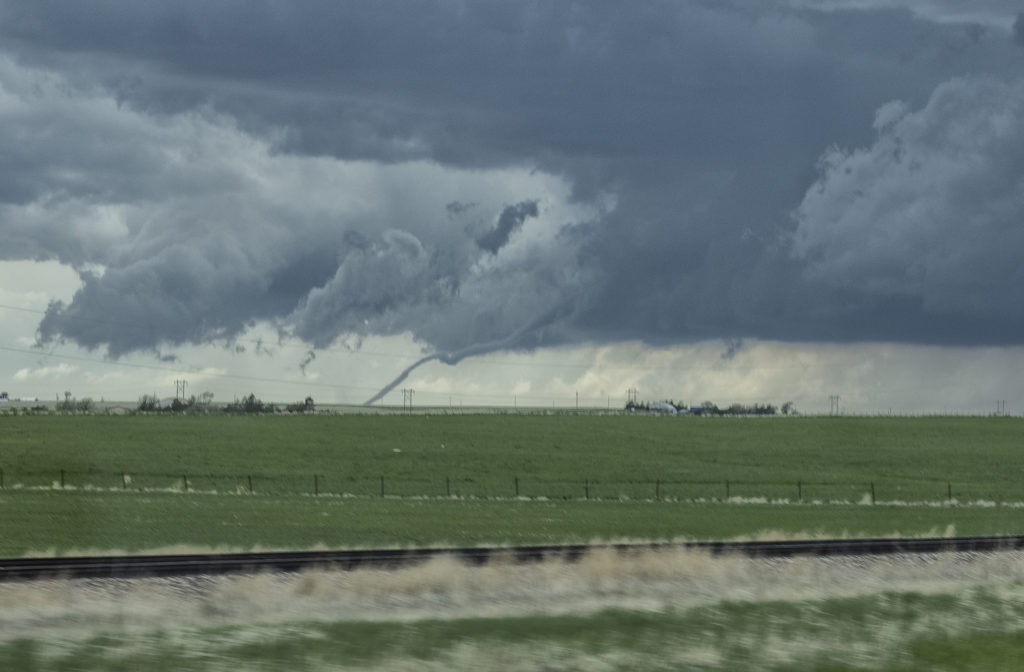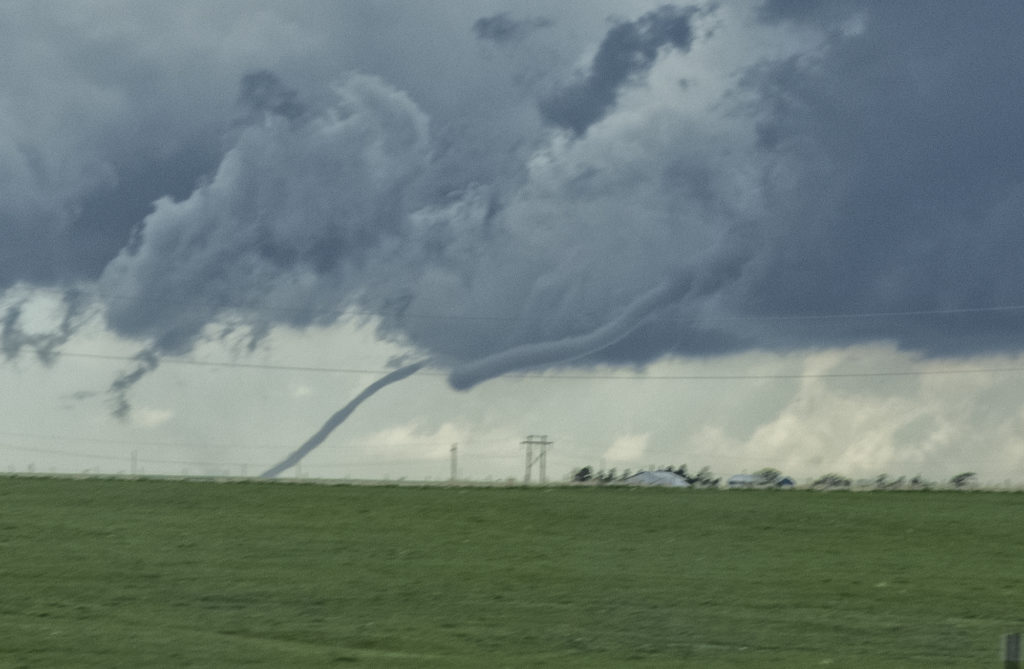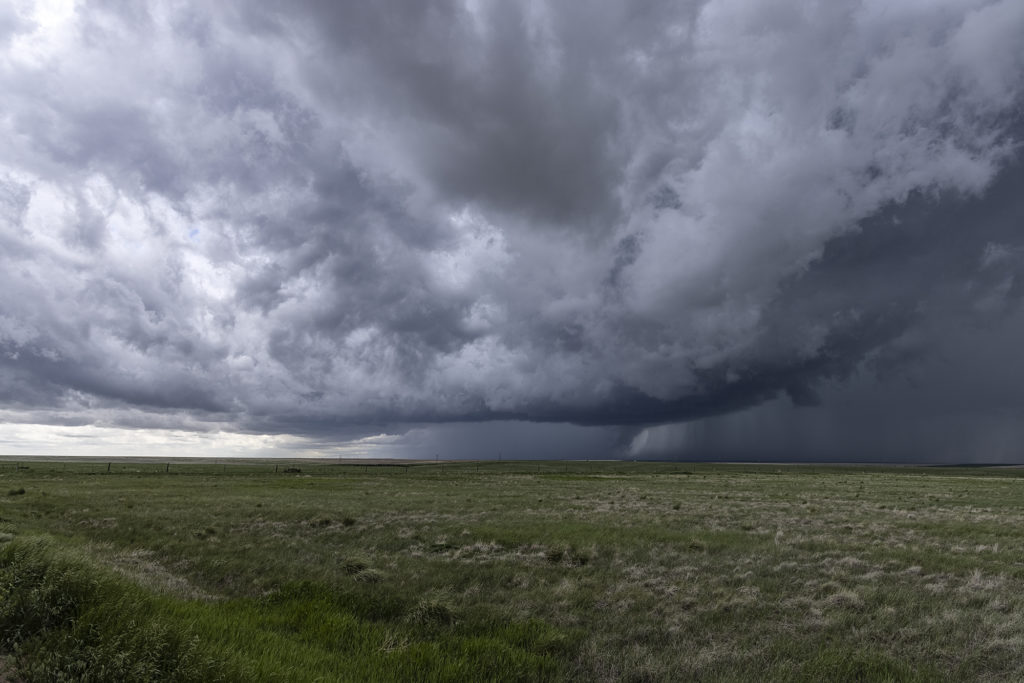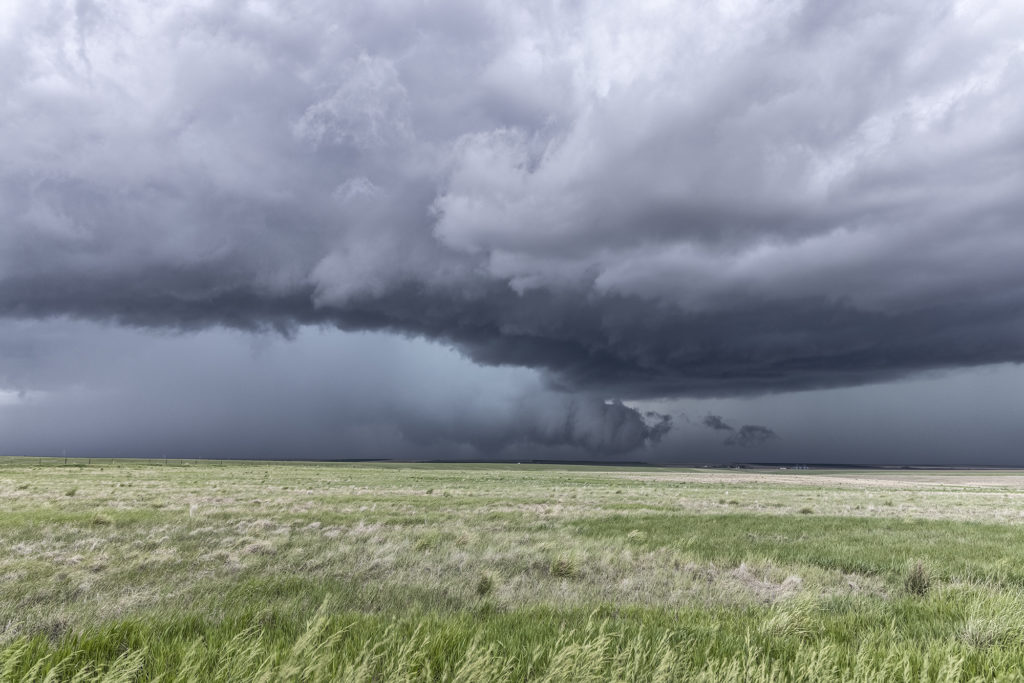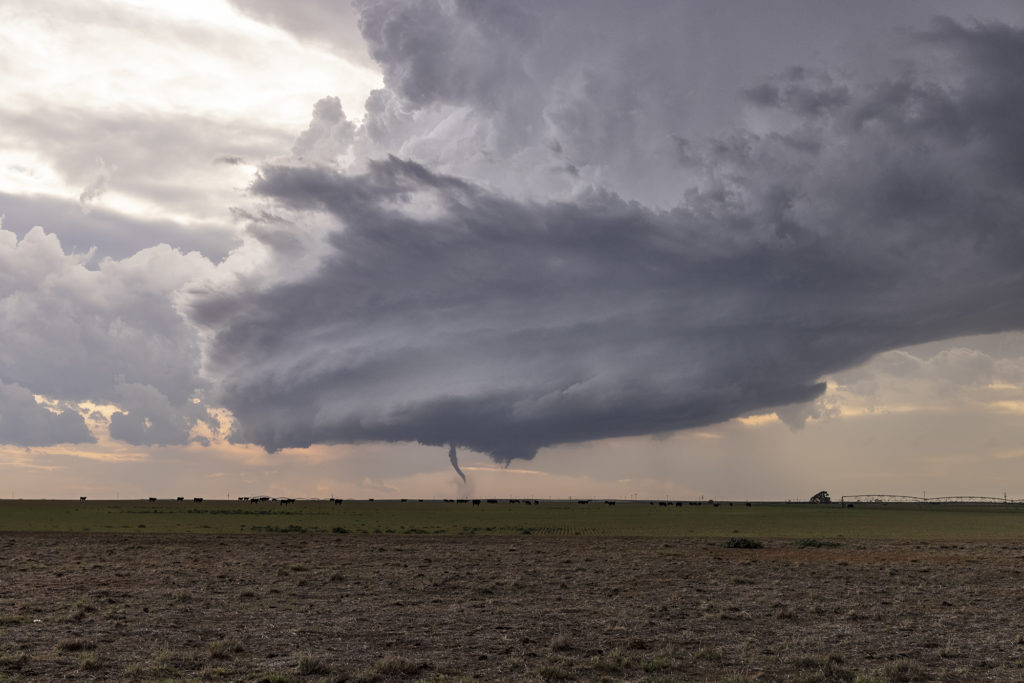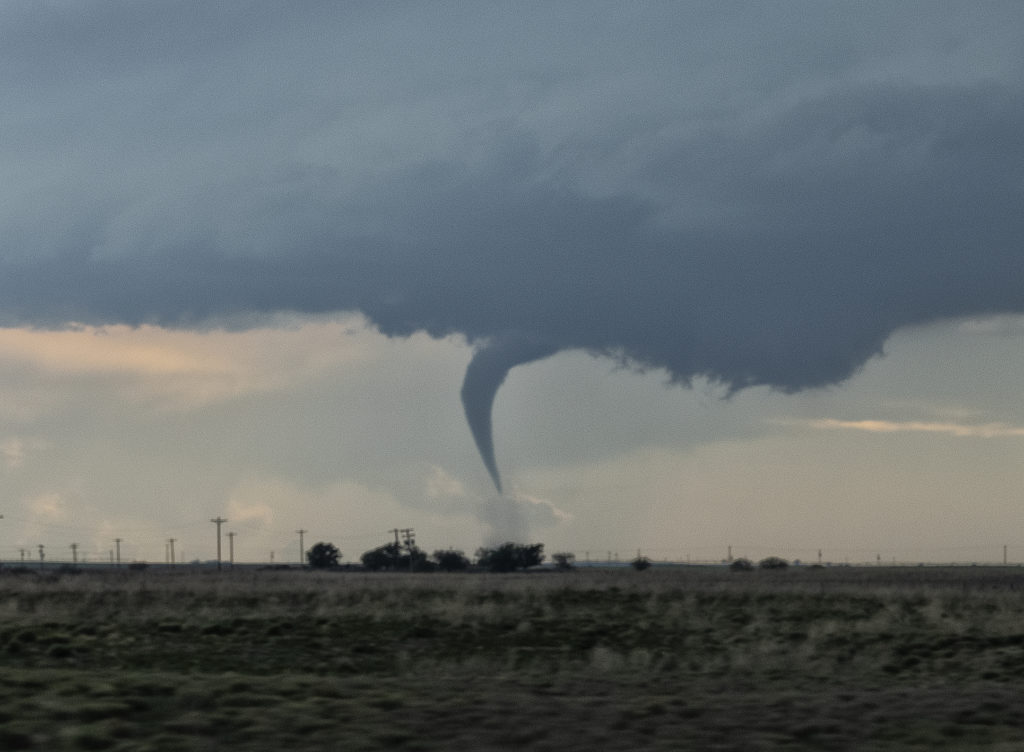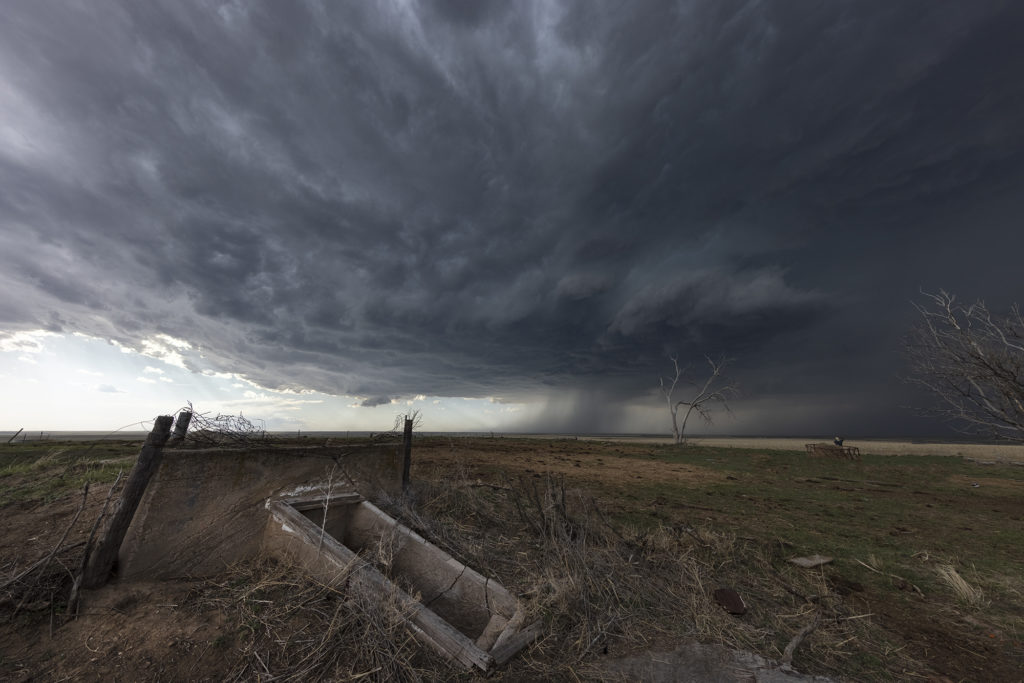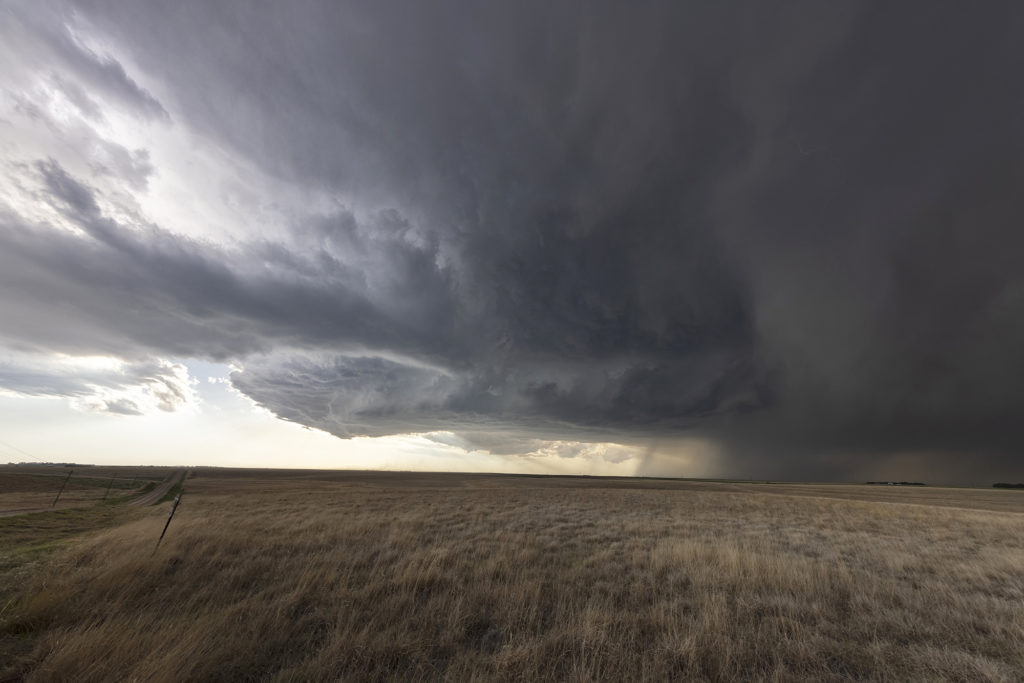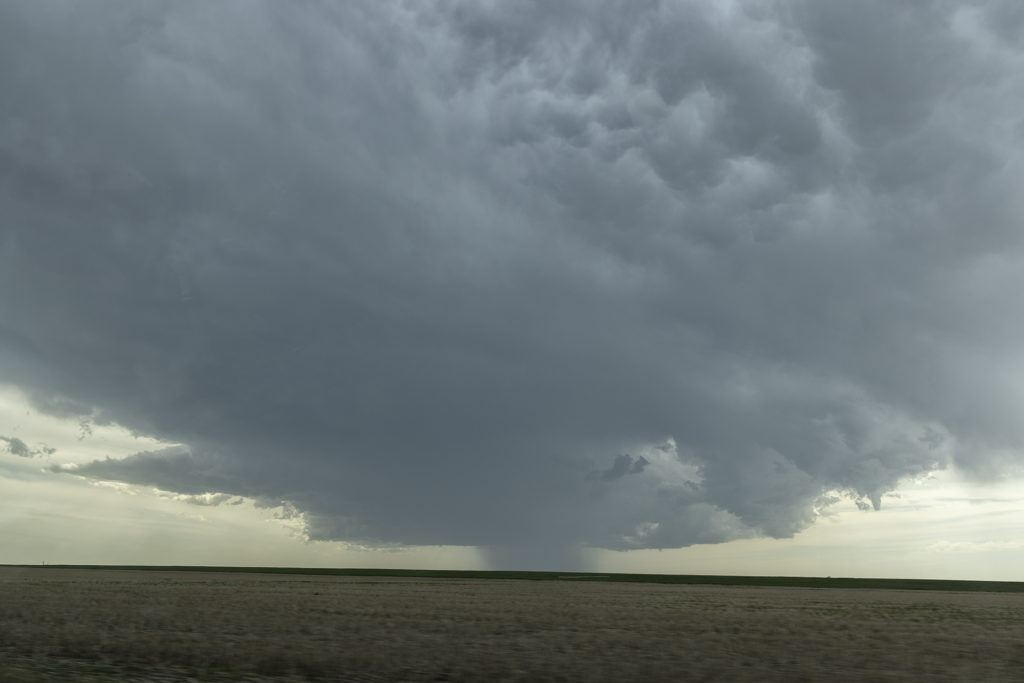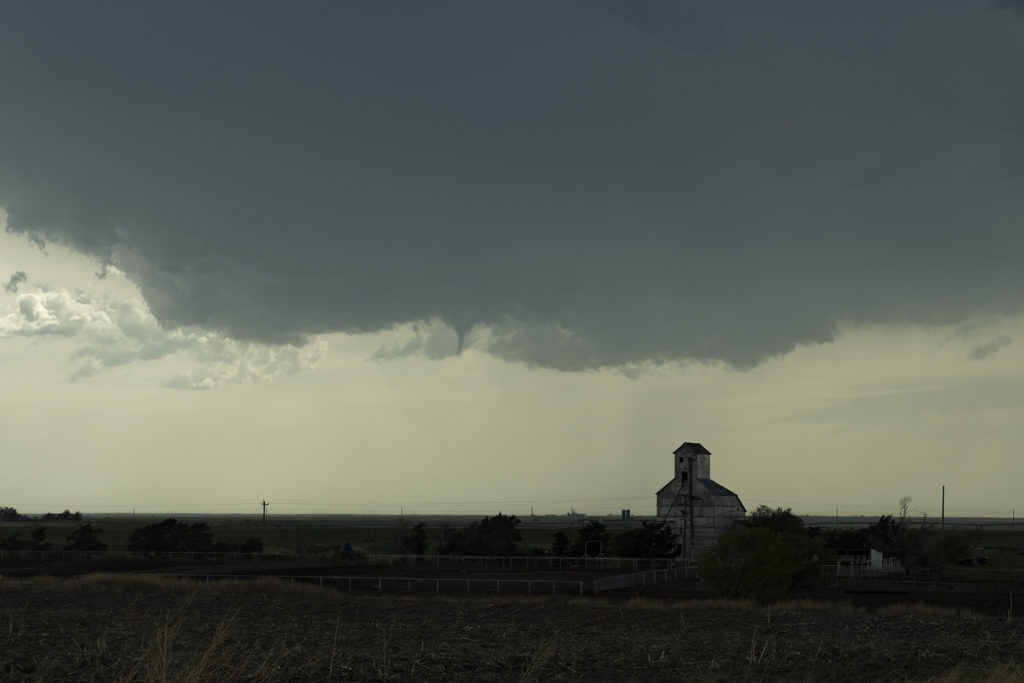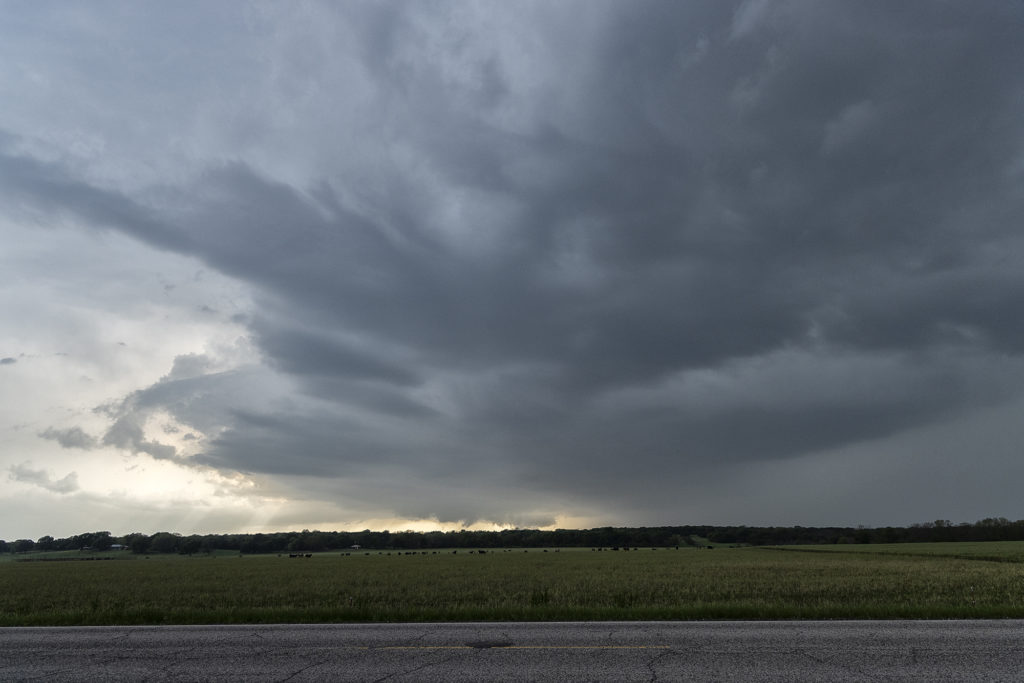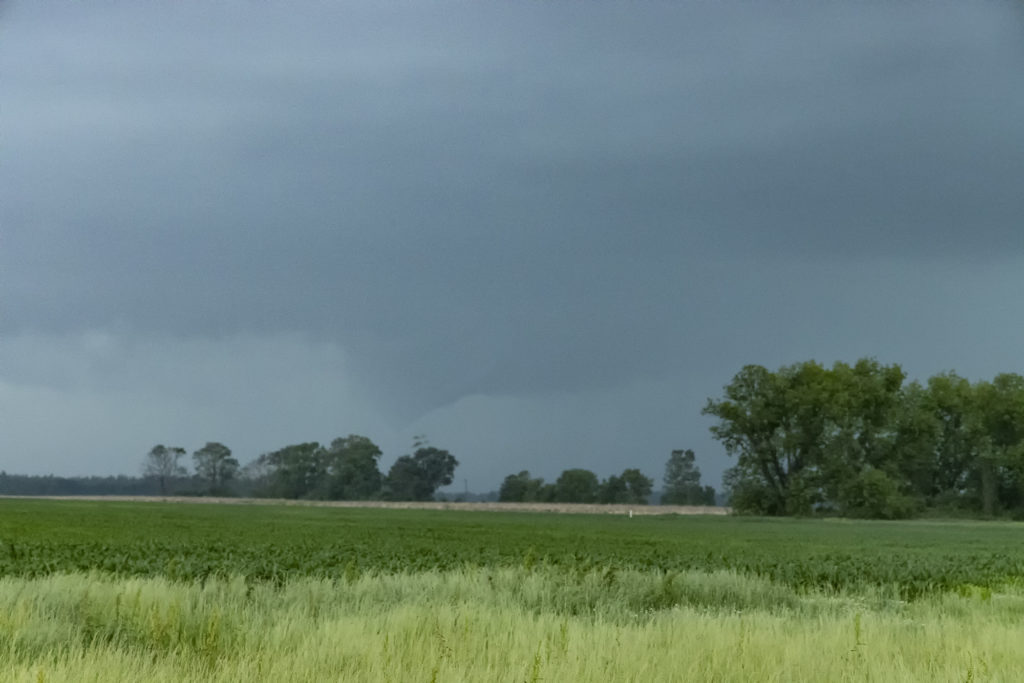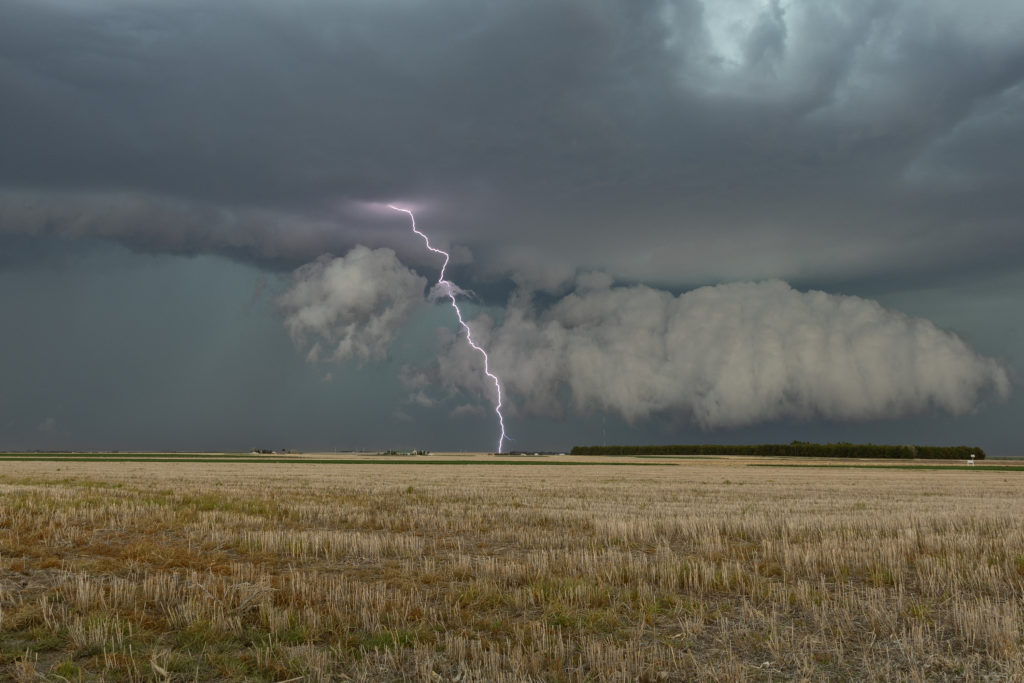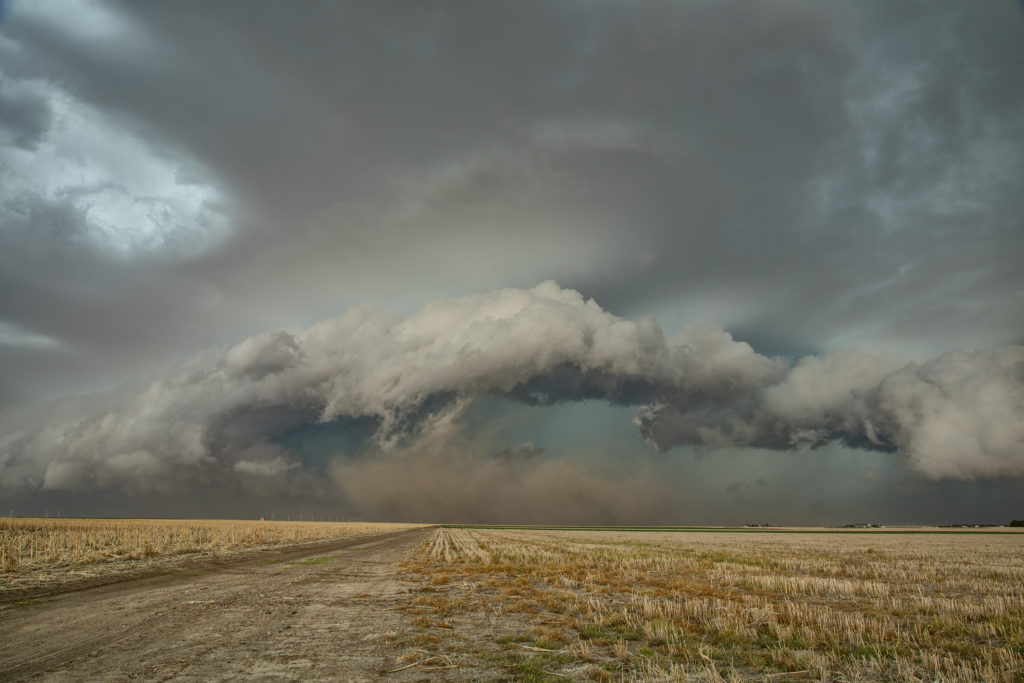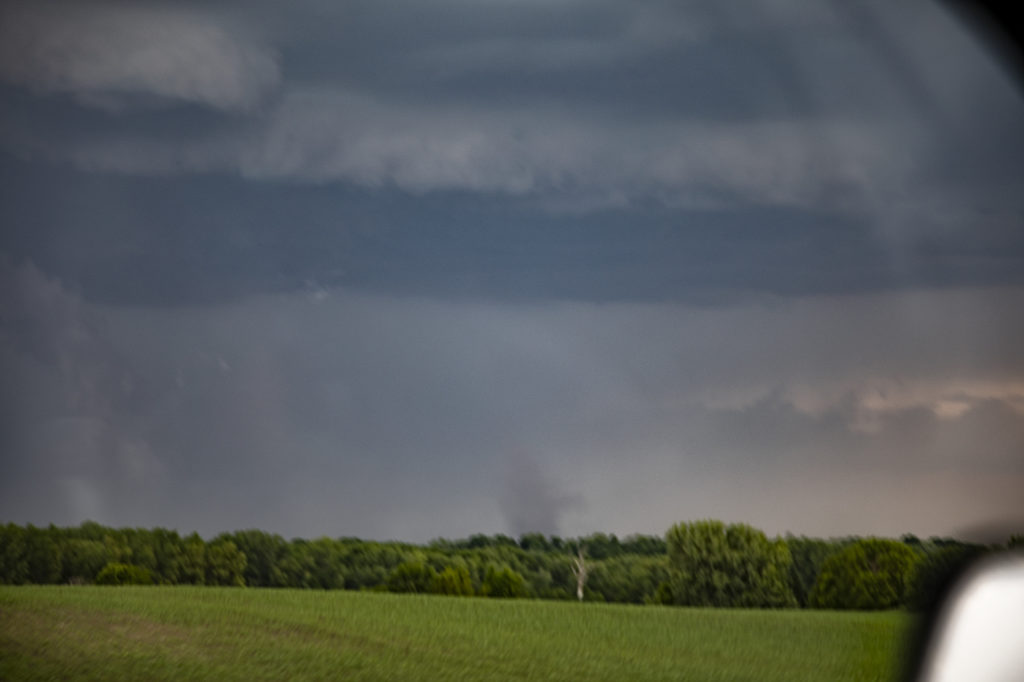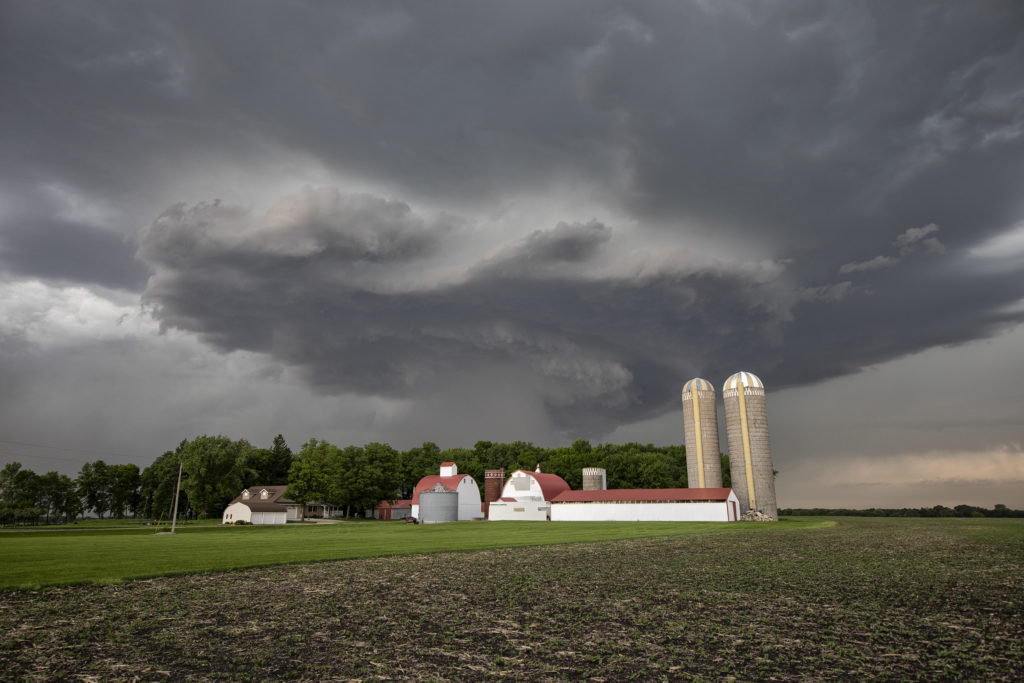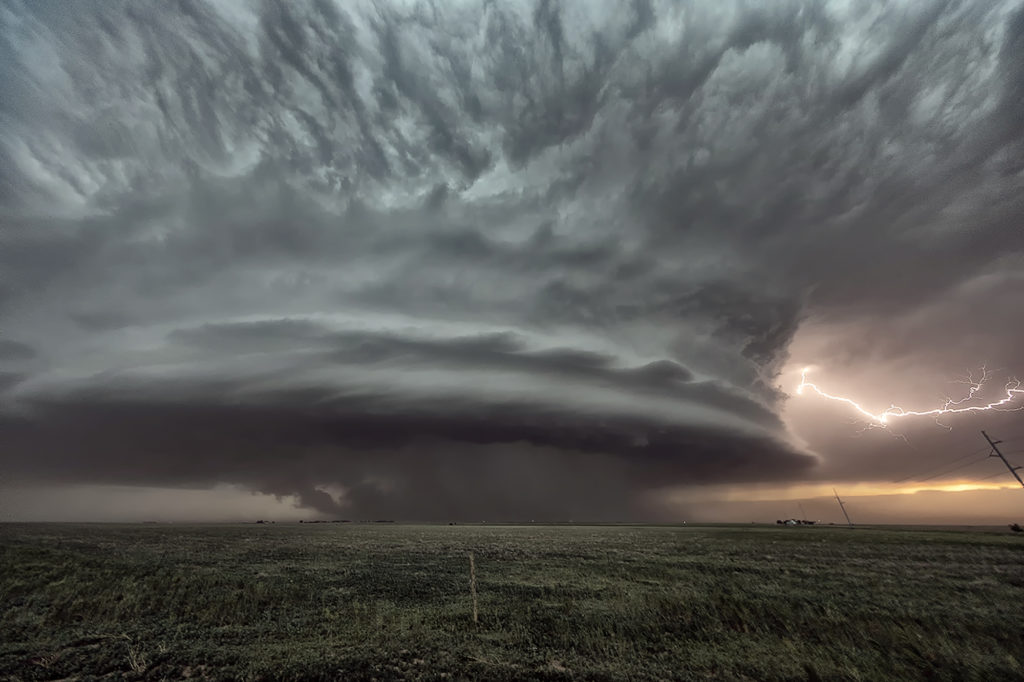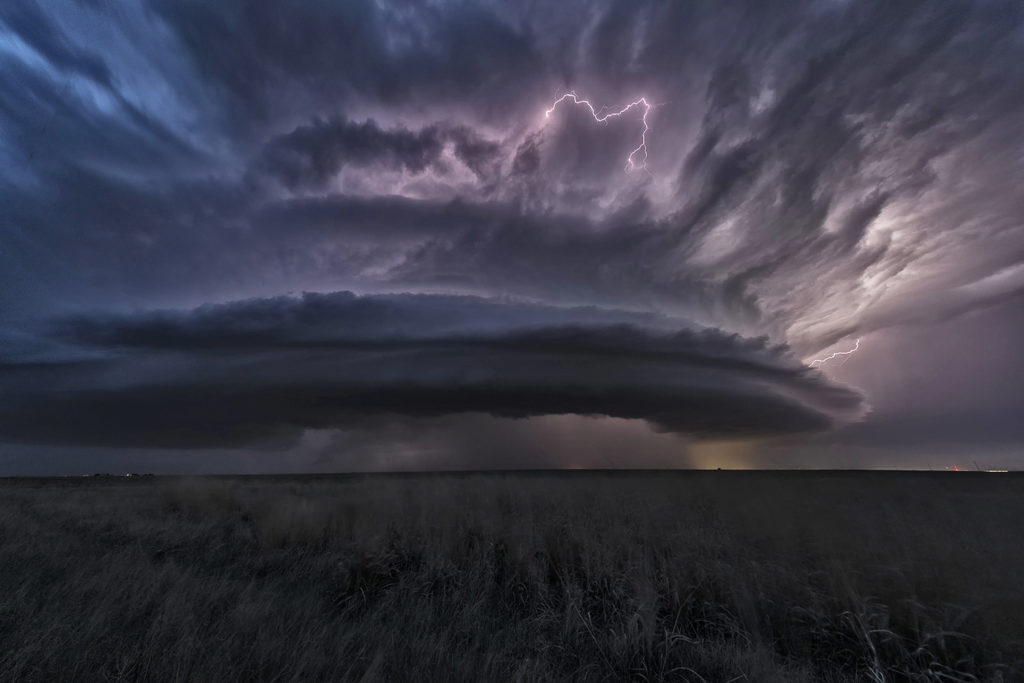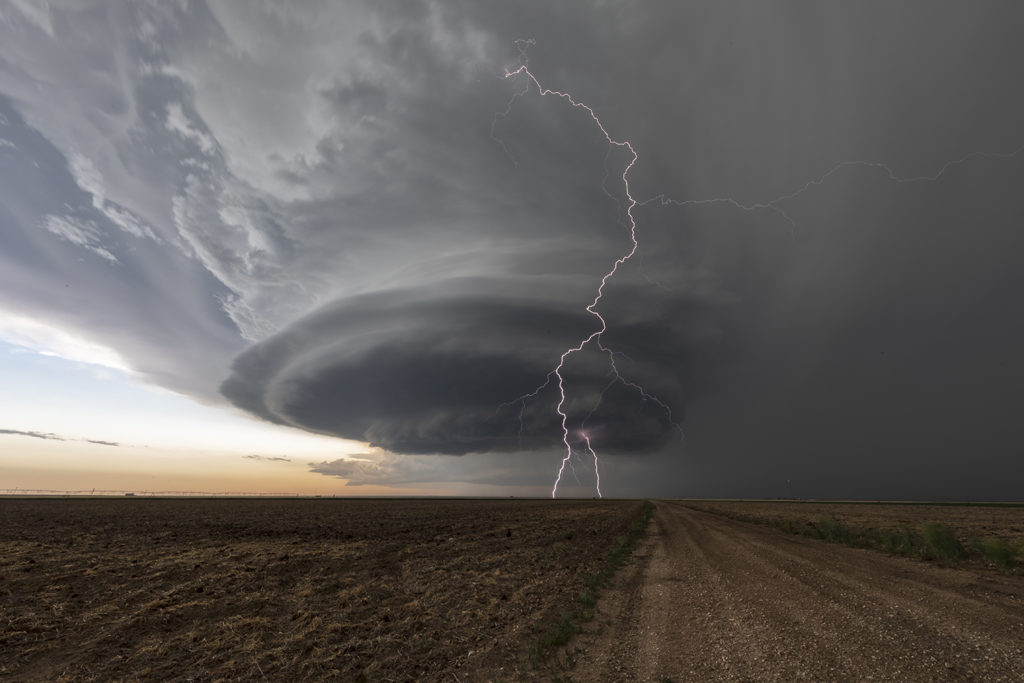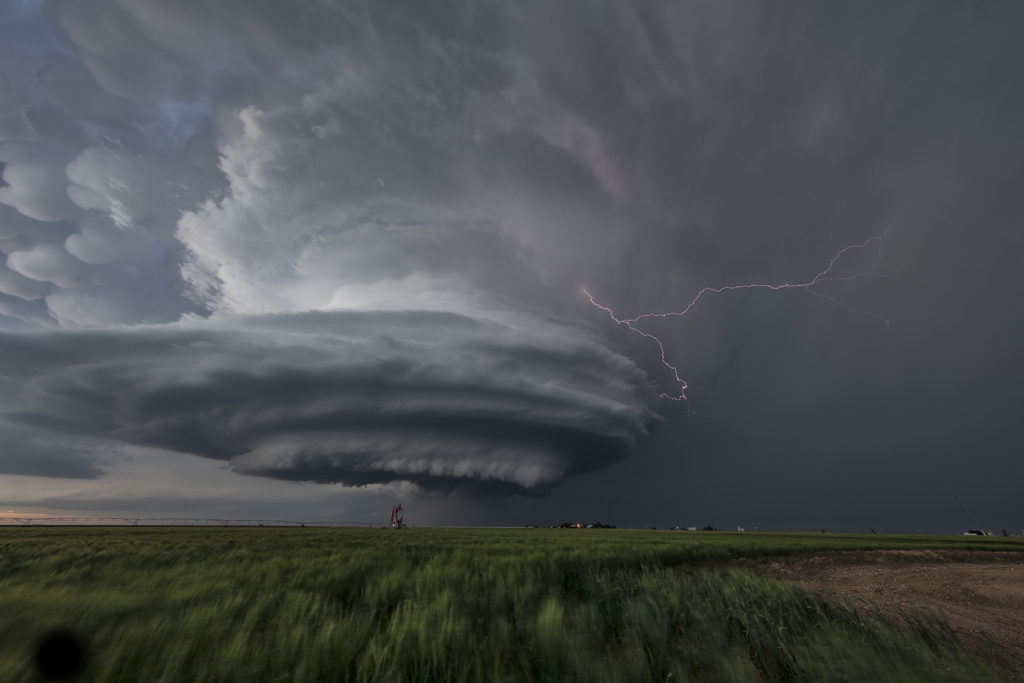May 22nd had great potential in Colorado. Good upslope flow and moisture, as well as great instability and wind shear would set the stage for intense tornadic storms! One storm formed early in the afternoon and produced a fast tornado west of Akron. A second supercell formed south of Limon and produced several tornadoes. We were able to intercept the first supercell and tornado west of Akron, but tried to blast down towards Limon later and couldn’t get there in time for the second storm. Still we caught a pretty tornado and then the end of the second tornadic supercell. A fun day, very hectic and exciting!! Enjoy the pics!!!!
May 23rd, Last Chance, Colorado Tornadic Supercell
May 23rd had great potential in Colorado and western Nebraska. A strong upper low over the Rocky Mountains would draw in large amounts of moisture, while the lift and diurnal heating would generate large amounts of instability. The upper flow was weaker than we would like, which would likely result in high precipitation type supercells, very dangerous storms. A tornado watch was issued before noon and the initial storms formed east of Pueblo, CO. Fast motion carried them towards Limon and points north where one supercell emerged. This storm had a nice wall cloud and tail cloud and had a couple of funnels/weak tornadoes under them. The storm became strongly HP in nature so we eventually left it for points south where shear would allow more isolated updrafts with better visibility under them. All in all, this day under produced, which we were afraid of due to the weak winds aloft. However, any day where you catch a tornado, no matter how brief it was, is always a good day! Enjoy the pics!
May 16th Sudan, Texas Tornadic Supercell
What do storm chasers and cattle rustlers have in common? Well, we found out this day and it almost cost us a pretty tornado! Seems the locals didn’t know that we were storm chasers and called the county sheriff to report us as suspicious parties and potential cattle rustlers? WHAT???? Seriously! We were pulled over by the sheriff and local police and asked who we were and that we were potential cattle thieves. After proving who we were with the sheriff, who also asked for a business card, we were turned loose and blasted west to this tornadic supercell. We ended up 10 miles away from the tornado as we lost 25 minutes with our cattle rustler situation, but we still captured the beauty of the event! Storms initially formed as high based and disorganized, but a feed of moisture arrived just in time to cause this storm to explode. It also spun quickly and dropped a nice elephant trunk shaped tornado. The storm structure was top notch as this LP supercell churned on through the evening. A great treat, an interesting day to say the least, left our guests with stories to tell LOL!!! Enjoy the pics!
May 13th Western Kansas Gorgeous Supercell
May 13th took us to the triborder area between CO/NE/KS. Strong shear, but marginal moisture would be the story this day. A supercell formed mid afternoon and tracked south along the dryline. Structure, lightning and big hail would be the results from this pretty supercell. A couple of shear funnels occurred as well. The storm rolled south until about 9pm when it dissipated. A fun chase day and we got more than we thought we would. Sometimes good shear can overcome a limited moisture set up and still produce a beautiful storm! Enjoy the pics!
May 8th Central Kansas Tornado Warned Supercells
May 8th took us to central Kansas along I-70. Good shear and convergence along a boundary would provide the focus for severe storms. However limited moisture and instability would eventually temper the overall threat. A supercell formed at the triple point southwest of LaCrosse, KS. It looked like THE storm to be on, however, it ingested dry air and died a couple hours later. Outflow from a decaying cluster of storms over northern Kansas would fire off several supercells in the daylight and darkness, of which a couple became tornado warned. There was little threat of a tornado due to the high bases of these supercells. They did produce baseball sized hail and a lot of lightning. Fun day for Tour 3! Enjoy the pics!
May 4th Jackson, MS Area Tornadic Supercells
May 4th took us deep into the southeastern US. Very strong shear, 70 dewpoints, 2500 CAPE and an advancing cold front would set the stage for intense storm development. We chased a cluster of supercells over west central Mississippi and merged into a raging bow echo as it ripped through the Jackson, MS area. Extreme lightning, high winds and a couple of tornadoes occurred as storm approached Jackson. Sometimes it is hard to see in the southeast due to trees, hills and hazy conditions due to close proximity to the gulf. We managed to find farmland and breaks in the tree cover to watch these intense storms roll through. Enjoy the pics!
May 2nd Northwest Kansas Severe Thunderstorms
Day 1 of Tour 2 took us north from Oklahoma City to western Kansas. Shear was good this day, however moisture was lacking. This resulted in higher based severe thunderstorms with hail and high winds. Some of the areas of northwest Kansas near the Smoky Hill River bottoms are full of badlands type formations and make for a great photo! Lots of lightning also occurred with these storms as the built southward along an advancing cold front. Fun first day for Tour 2!! Enjoy the pics!
June 2nd Southern Minnesota Tornadic Supercell
June 2nd appeared to have some promise for severe storms in southern Minnesota. Very hot and relatively moist air would reside along and south of a stationary front south of the Twin Cities. Large temperature/dewpoint spreads would result in higher based storms. High CAPE and moderate shear also existed. A cluster of cell formed along the boundary, and eventually the eastern most cell would mature into an intense hail/tornado making supercell. I was completely surprised to see a multiple tornado warnings for the storm despite the higher base! It produced a couple of weak tornadoes and very large hail 3 inches in diameter. It persisted for several hours before gusting out, with an eventual line of severe storms forming and moving southeast through southern Minnesota. This area is very photogenic and has many stunningly photographic farmsteads! Check out the photos and please click on an image for a larger pic. Enjoy!
May 24th Southeast Colorado Beautiful Supercell
May 24th appeared to be a more marginal day. But sometimes, those days pleasantly surprise! This would be the case this day as good upslope flow would allow for a couple isolated supercells to develop in southeast Colorado and southwest Kansas. The best moisture was in southwest Kansas along an outflow boundary, but sufficient moisture was pushed into Colorado to support moderate CAPE and long lived supercells. We intercepted our storm east of Springfield, Colorado and stayed with it through the evening hours east of Hugoton, Kansas. This storm was well structured and produced baseball sized hail. The inflow into this storm was severe in strength and was amazing to see this storm process the amount of air it did! A great chase, fun day and everyone thoroughly enjoyed this supercell! Please click on an image for a larger pic. Enjoy!
May 21st Southwest Kansas Tornado Warned Supercells
May 21st had a lot of potential. A surface low and triple point was over southwest Kansas. Strong instability, good shear and lift along the various boundaries would set the stage for intense, potentially tornadic supercells this day. We targeted the first intense storm to go up near Lamar, Colorado. It produced tons of hail, great lightning and a couple of weak landspouts. As it pushed east, a second storm formed and quickly became tornado warned. It had great structure and was quite severe. The best storm of the day, however formed near Satanta, Kansas and was an absolute treat to watch. Incredibly electrified and well structured, it persisted for a long time. Just before dark, it produced a couple of funnels, but just couldn’t get the circulations to the ground. One of my favorite chases of 2020 thus far! Please click on an image for a larger pic. Enjoy!!!



